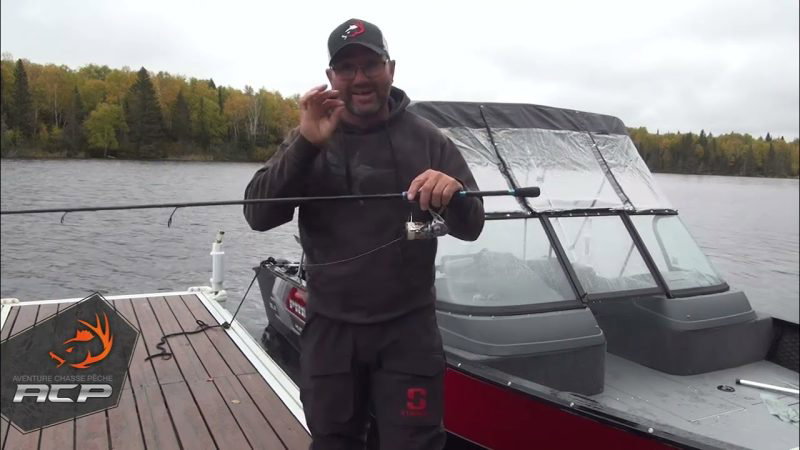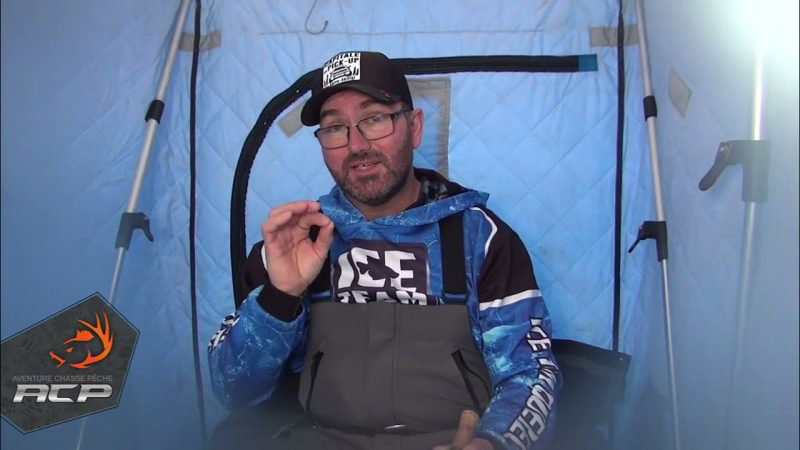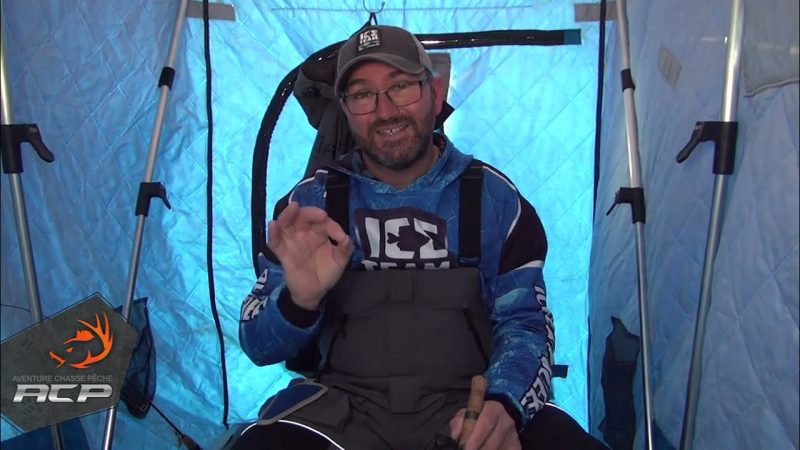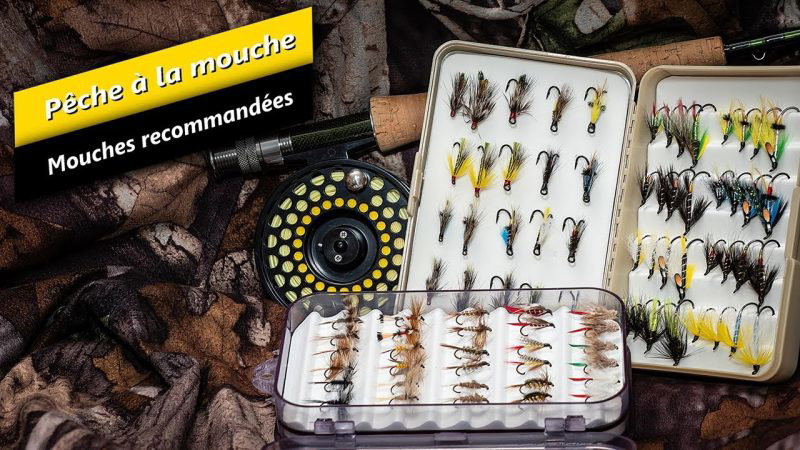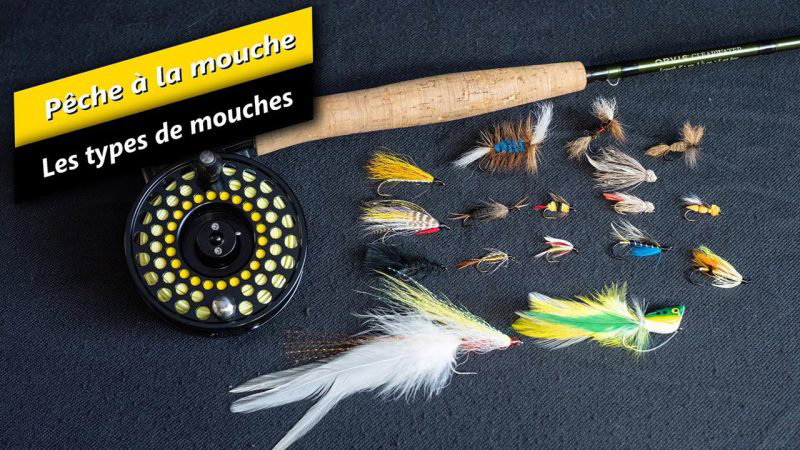Reviews
User Score
Rate This
Descriptions:
3 jig color combinations
3 jig color combinations. One of the questions I’m frequently asked is which lure color is best for walleye fishing. In this capsule, guide and professional angler Félix Goulet tells you more. Water color, light, wind and many other factors often have to be taken into account to make the right choice. In this video, I present three combinations that I have found to give excellent results in my neck of the woods.SOURCES:The jig is one of the simplest fishing lures available. Nevertheless, there are certain subtleties associated with this lure and the fishing techniques to be used. In this article, we’ll take a look at the main characteristics of jig fishing.
What is a jig?
A jig is a type of fishing lure fishing It’s made up of two parts: the lead head, mounted on a hook and fitted with an eyelet, and the soft lure, artificial or natural, of your choice. For example, several jiggers can be mounted on the same line, and worms or leeches can be used with or without a plastic tube. It is also possible to fit an extra sinker further up the line to allow the jig to drift more or less. When you add to this all the sizes, colors and weights of lures and sinkers, the possibilities are almost endless.
The jigging technique
The jigging technique is one of the simplest available. The action is essentially vertical. Just cast your line and let the sinker sink to the bottom. Then give short, sharp, irregular strokes to attract the attention of predatory fish. This vertical movement is characteristic of a fleeing movement and triggers the attack reflexes of carnivores, even if they are not actively hunting.
Where to jig?
One of the major advantages of the jig is that it can be used anywhere. The only condition is that the distance between the bottom and the tip of the rod must be sufficient. The jig is particularly effective along steep banks, cliffs or crowded riverbanks. The jig also lends itself to fishing from a stationary boat, since its movement is essentially vertical and allows for deep exploration.
What can you jig for?
The vast majority of carnivorous fish react to the jig, but some species are particularly sensitive. These include perch, zander and pike.
The advantages of the jig
As mentioned above, being a vertical style of fishing, it is possible to fish in difficult-to-reach areas, or in crowded areas where you might be afraid of losing your lure, and it is one of the most economical lures. So it’s inexpensive to build a jigging set and even to replace parts when you lose them.









